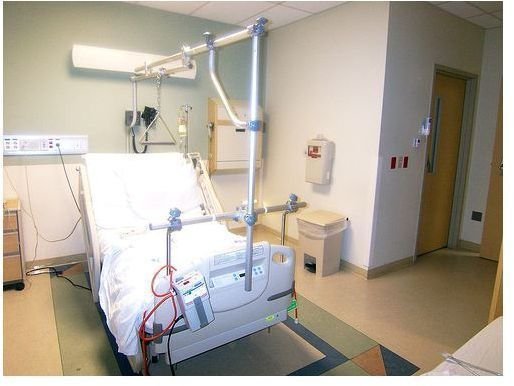Why Do Lactic Acidosis Symptoms Occur? An Overview of Symptoms & Causes
Lactic acidosis is a life-threatening condition. Lactic acidosis symptoms are usually aspecific, meaning the symptoms could be due to other conditions. Physicians must identify the subjective descriptions observed by the patient, evaluate the possible causes and do a simple blood test. Lactic acidosis is abnormality of lactate metabolism and is part of metabolic acidosis. Abnormally acidic blood pH occurs due to an excess of lactate. The rate of lactic acid production by tissues and the rate of utilization by the liver and kidney becomes abnormal.
Types
Physicians have identified two clinically functional categories, type A (anaerobic) and type B (aerobic). Type A lactic acidosis is most common and results in death more than 80% of the time. Type A occurs with events and have a clinical cause like fluid in the lungs, shock, or cardiac failure. Blood oxygenates poorly and blood delivery to tissues suffer. Symptoms are low blood pressure, blue coloration and cold and clammy arms and legs. Type B is made up of 3 subcategories. Type B1 is associated with diseases. Type B2 is found with drugs and toxins. Type B3 is with congenital metabolism errors. No evidence of poor blood oxygenation or poor blood delivery exists in type B lactic acidosis.
Symptoms
Symptoms for both types can begin quickly or worsen over time and often begin with lethargy, hyperventilation and altered mental status. Other symptoms for lactic acidosis are:
- rapid breathing - hyperventilation or overbreathing; can result in swallowing air, dizziness, weakness and confusion.
- headaches - painful sensation from back of the neck, top of the head and face, pounding sensation, dizziness, confusion and light sensitivity.
- lack of appetite - inability to eat, lack of interest in food, nausea.
- excessive sweating - abnormal perspiration, sweating in unaccustomed locations, unpredictable.
- cool, clammy skin - pale, moist, cold sweat.
- sweet breath - odorous, fruity breath.
- belly pain - sore stomach or abdomen.
- nausea - unease in stomach, urge to vomit, lowered tolerance to smells or food
- vomiting - forceful emptying of stomach contents.
- coma - cessation of consciousness, unresponsive.
- fatigue - sudden or gradual and abnormal tiredness.
- swollen liver - abdomen may be painful to touch.
- increased urination - kidneys are overworking.
- dry mucous membranes - mouth, eyes, throat and nose may feel dry.
- confusion - altered mental state.
Hospitalization
Causes and Blood Tests
Causes can be respiratory failure, medications for AIDS and diabetes, kidney failure, exercise, heart failure, shock, liver damage, or severe infection. Lactic acidosis symptoms are confirmed with blood tests: serum lactate test greater than 5.0 mEq/l or anion gap acidosis greater than 16 mEq/l and HCO3 less than 18 mEq/l and no elevated serum or urine ketones (to exclude diabetic ketoacidosis), and no serum creatinine measurement greater than 2.0 mg/dl (to exclude uremic acidosis). A blood test is the major tool to diagnose lactic acidosis but the physician will consider each individual’s underlying problem and determine course of treatment. The primary goal of treatment is to maximize oxygen delivery.
References
[Annals of Internal Medicine](/tools/January 1, 1993 vol. 118 no. 1 37-39 http:/www.annals.org/content/118/1/37.full)
[Diabetes Care](/tools/(http:/care.diabetesjournals.org/content/21/10/1659.full.pdf+html)
